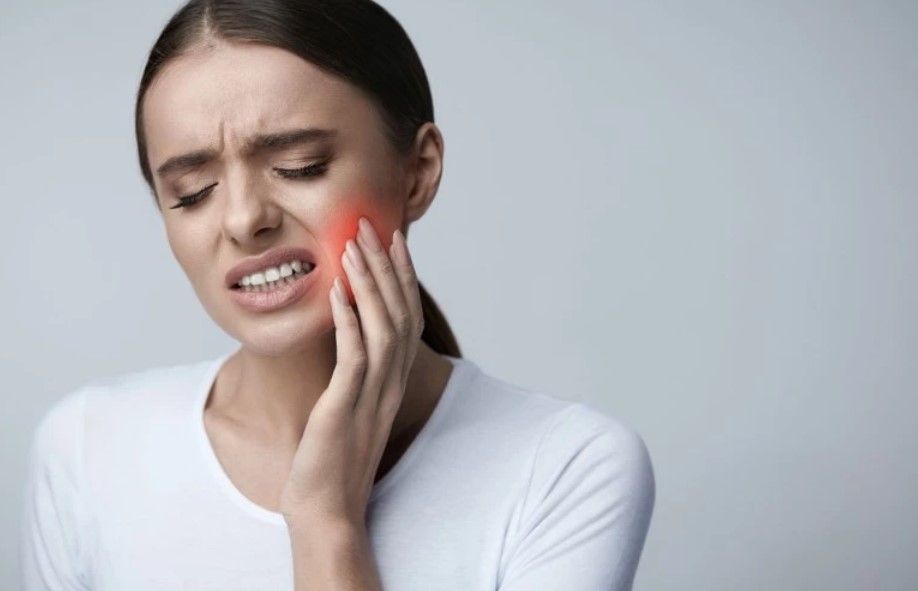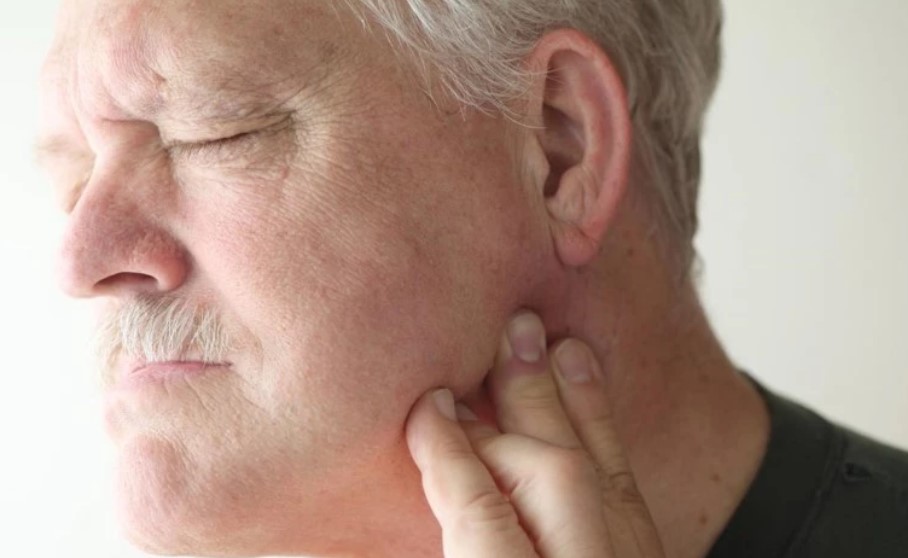
When most people hear “botox” they think of the cosmetic uses for it. However, there are several other medical uses you might not know about including pain relief therapy.
To really understand why Botox can be an excellent pain-relieving therapy, let’s take a moment and talk about your TMJ — otherwise known as your temporomandibular joint. This joint acts as a hinge on both sides of your mouth, allowing you to chew and speak. Unfortunately, the TMJ gets to be very painful for some people.
Common TMJ symptoms include:
- Sore cheeks and jaw
- Swelling in your face
- Pain around your neck and ears
- Clicking noise in your jaw when you open and close your mouth
- Headaches or migraines
- Clenching and grinding your teeth (bruxism)
- Neck and/or Shoulder pain
- Arthritis induced pain
The TMJ is also very sensitive to stress — whether it’s physical, emotional, or even psychological stress. When you’re stressed, your muscles tense up and can cause a lot of problems (and pain) for your mouth and jaw.
Botox Helps Relax Muscles and Relieve Pain
For years, doctors have been treating TMJ with botox injections. Most people know botox as a beauty-enhancing product that gets rid of wrinkles and fine lines in the face. That’s true, it is! But think about what Botox does — it temporarily prevents your muscles from firing and reduces the strength of muscle contractions. With this in mind, we can understand how it can be useful for relaxing the muscles around your jaw, too.
Botox for TMJ can be highly effective. One 2012 study found that Botox treatments significantly decreased pain and increased mouth movements for three months following the treatment. Another study found that symptoms improved in 90 percent of participants.
Once you get those muscles around your TMJ to unclench, you’re going to notice some other changes too.
- The frequency and intensity of headaches will be reduced or disappear
- You might feel less anxious
- You’ll sleep better
- You’ll be protecting your teeth from the effects of bruxism!
- Sensitive teeth may become less so
Botox is typically recommended along with other TMJ therapies, like night guards or physical therapy. However, in most cases Botox treatment is all that’s needed to get those muscles to relax.

What to Expect During TMJ Botox Treatment
With any procedure or treatment you haven’t received before, we know there are always concern about the process and what to expect. The follow walk you through the process so you can have a better understanding.
- We’ll work together to determine the number of injections you’ll benefit from.
- You’ll likely receive several injections throughout your facial muscles, like your forehead, temple, and jaw muscles. Most of our patients report very little discomfort from these injections. A cold ice pack after treatment will usually feel good.
- You can return to your regular daily activities as soon as you leave the office, but avoid rubbing or massaging your face for a few hours.
- You’ll begin to feel some improvements within a day or two of treatment, but more often it takes 7-10 days before you’ll really start to notice a big difference.
That’s it! It’s really quite simple and the results of treatment will last about 3 – 6 months.
Here at Cleveland Smile Center, the use of Botox in dentistry stems from one important goal… relieving TMJ pain and helping you feel your very best. Contact our dental team for more information.


